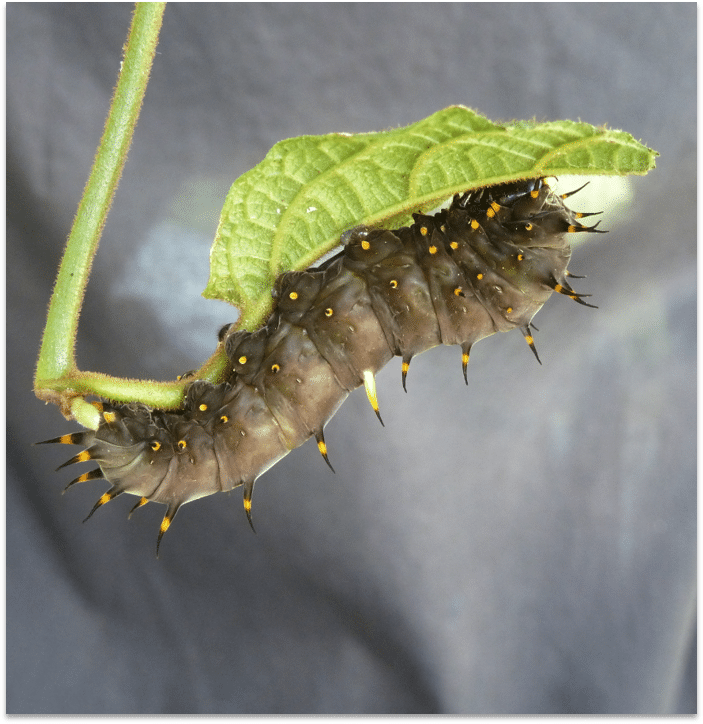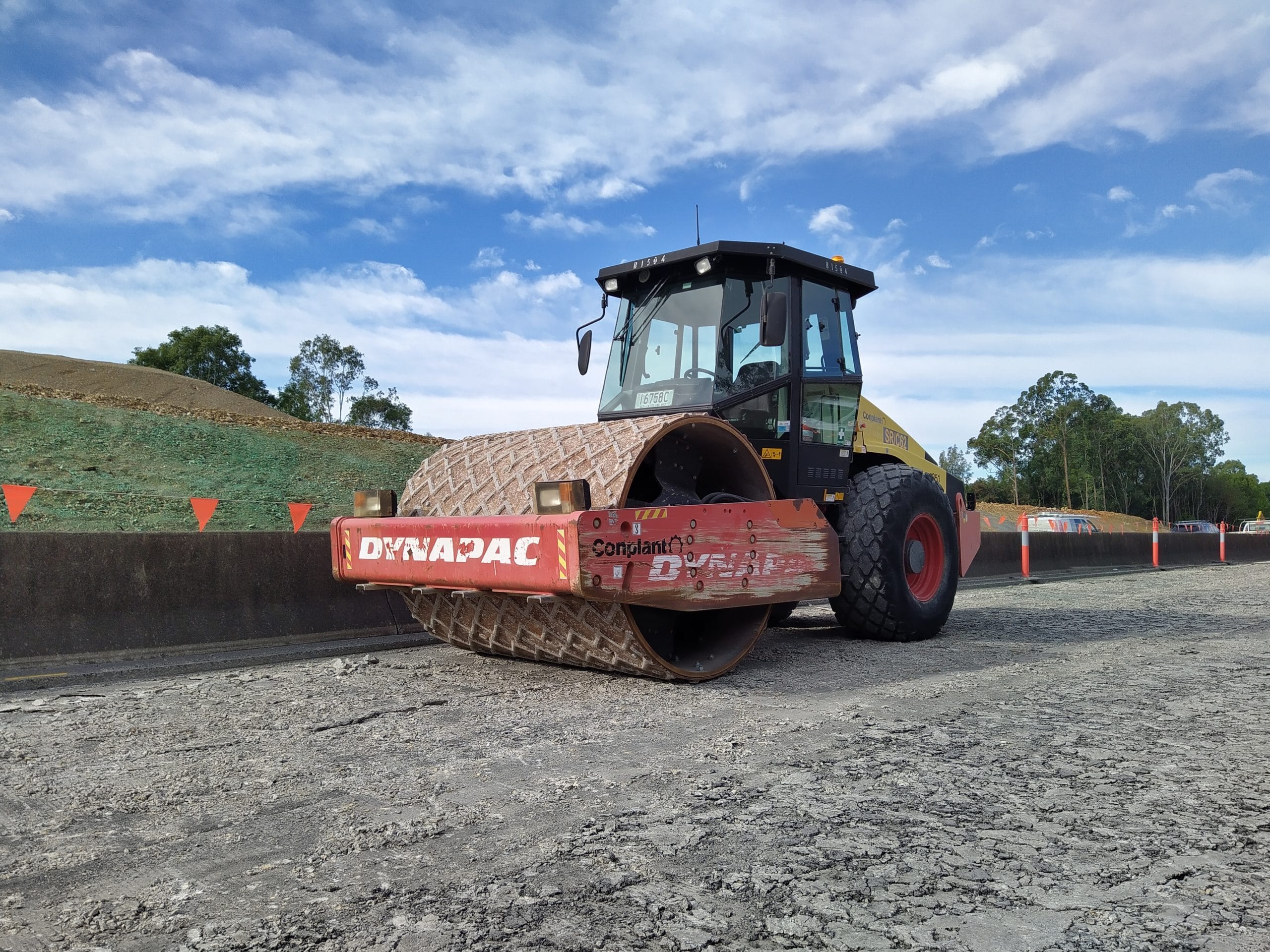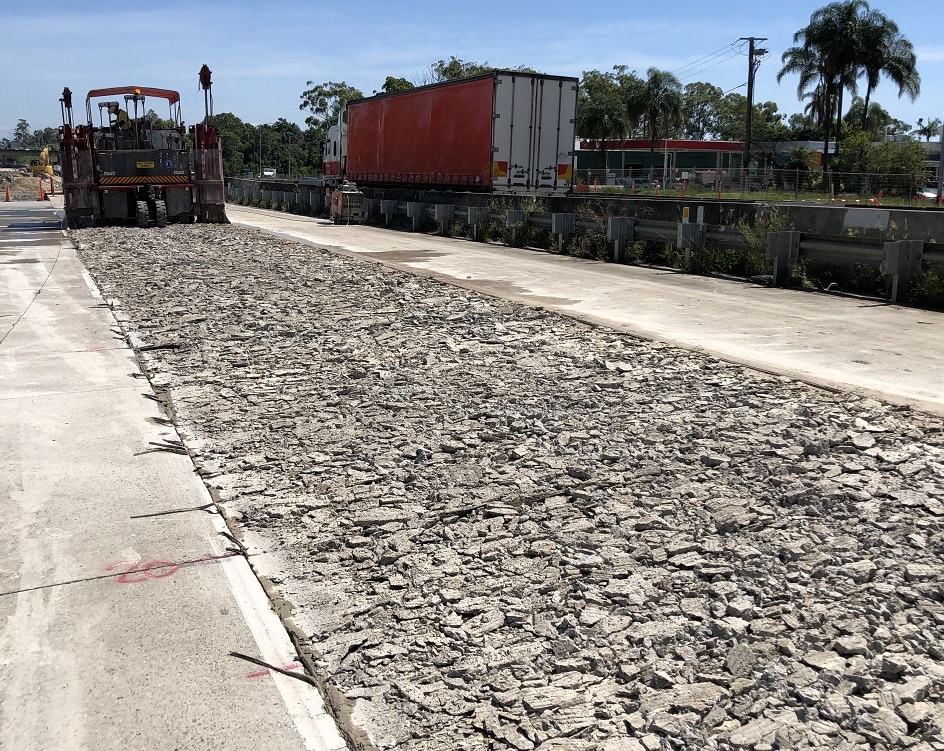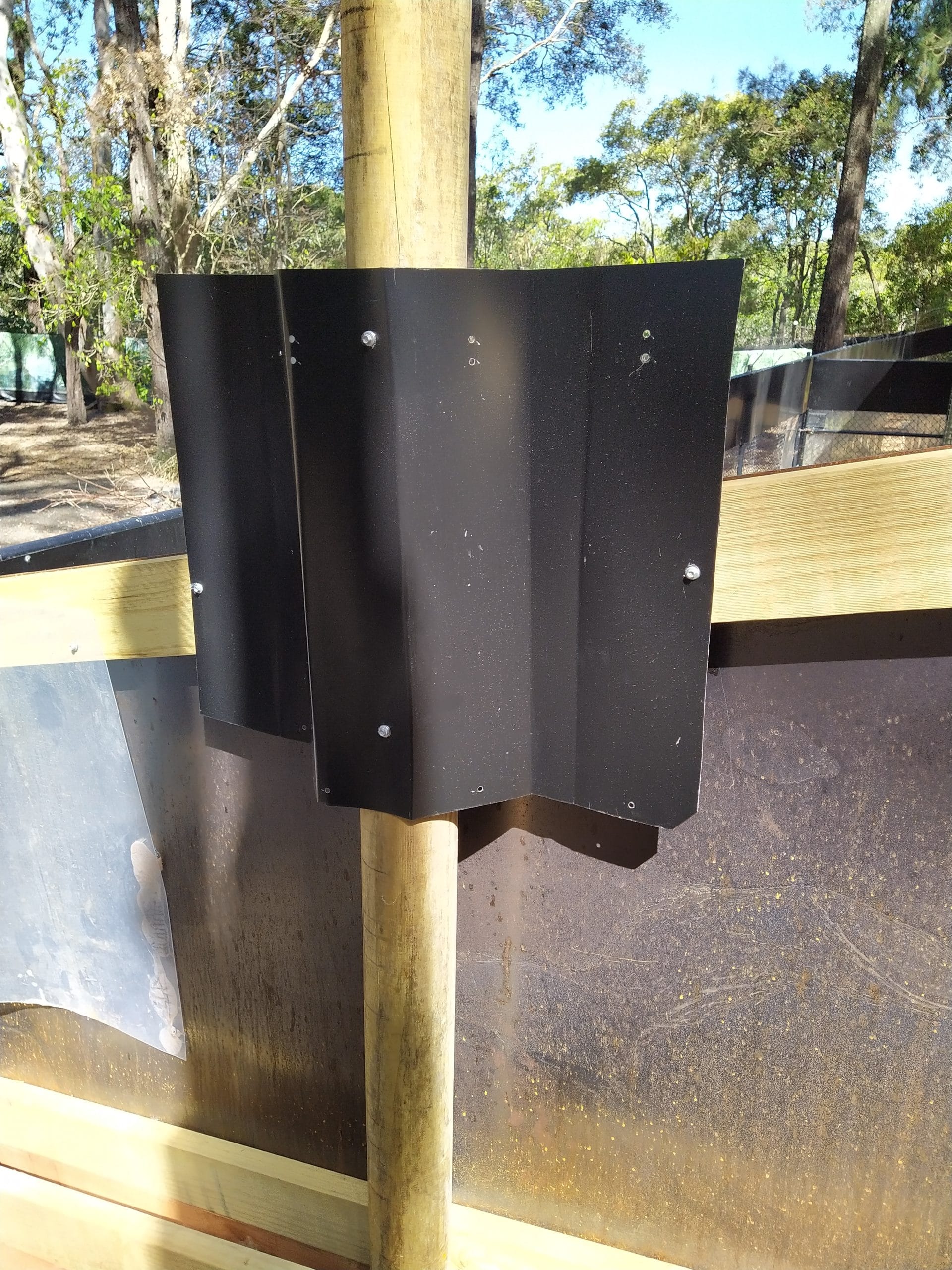Rating Highlights
| Category | Credits | Achievements/Risks |
| Energy and Carbon | Ene-1 | This project achieved a level 2.43 and a verified score of 8.94.
This project achieved this using 3 renewable technologies. These include:
Due to the use of these renewable technologies, it has allowed there to be an increase of 179369 GJ of renewable energy within the project. This will account for 36.8% of renewable energy which is to be used in the lifecycle of the project. Also, this has reduced Carbon emissions within the project. There is a 21.5% reduction from Base to Actual Case with Operations having 28% reductions with the use of new renewable energy technologies. |
| Materials | Mat-1 | This Project has achieved 2.54 level with a verified score of 6.23.
This project has many initiatives which they have used to reduce the number of materials which are being used or the types so that it is able to reduce the carbon footprint. The reductions and initiatives include:
|
| Urban Landscape and Design | Urb-1 | The project achieved a level 3 score of 4.83 for this credit.
Key initiatives that led to this score included:
|
Innovations:
| Name | Description |
| Concrete Pavement Rubblisation – Australian First | Through design discussions and regular meetings within the project team, concrete fracturing techniques were raised as a method for existing materials to remain in-situ. These included pavement rubblisation and ‘crack and seat’ techniques. These techniques have previously been used overseas but are yet to be adopted in Australia.
|
| Invertebrates habitat improvement – Australian First | The VL2T project has gone beyond the business as usual practice of including fauna sensitive road design considerations within road projects. While holistic fauna sensitive road design strategies and enhancements are another key outcome of the project (including structures such as culverts with fish passage and an extensive fauna underpass and fauna furniture), the additional focus on enhancing vulnerable invertebrate species and their habitat demonstrates the project’s significant commitment to sustainability and leaving a lasting legacy. The focus on invertebrate sensitive road design is a first in Queensland and in Australia.
|
| Waste Calculator | As a response to this issue, TMR has developed an innovative Waste and Recycling Calculator, which has been designed to trigger and drive market transformation in the transport infrastructure sector. The purpose of the calculator is to:
In the short time since its release, the Waste and Recycling Calculator has demonstrated innovation and market transformation, with other State Road Agencies trialling the calculator on a significant number of roads projects in other States across Australia.
|
| Fauna Fencing Innovative | TMR and the VL2T program have developed and implemented an innovative fauna shield device as a solution, which will also prevent other fauna species such as possums from ascending the noise barriers. The design for the fauna shield includes a bent Colourbond sheet to be fitted over the H Beam which is fixed to the precast sound barrier. This is a cost-effective solution as the fauna shields will be applied to already-included sound barriers rather than requiring additional fauna fencing and will require little maintenance over the lifecycle of the asset. This design will be particularly effective on road corridors to prevent fauna vehicle strikes in the area. |
| Sta 1 v2.0 trial | Trialled ISv2.0 Sta-1 credit |




